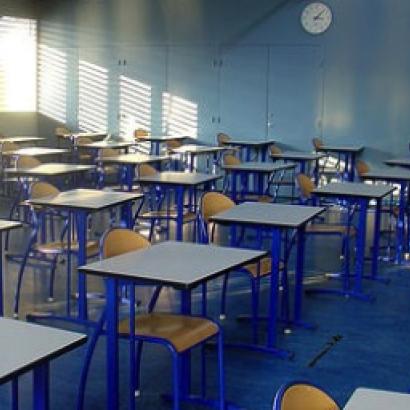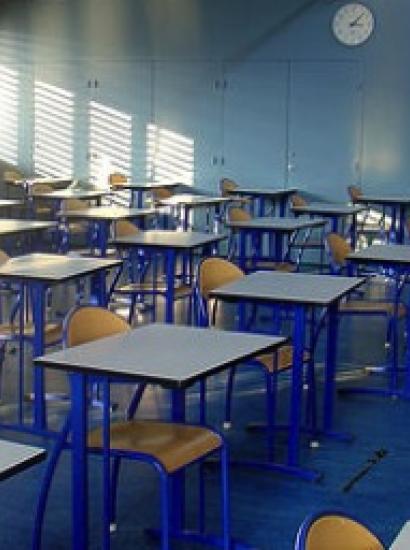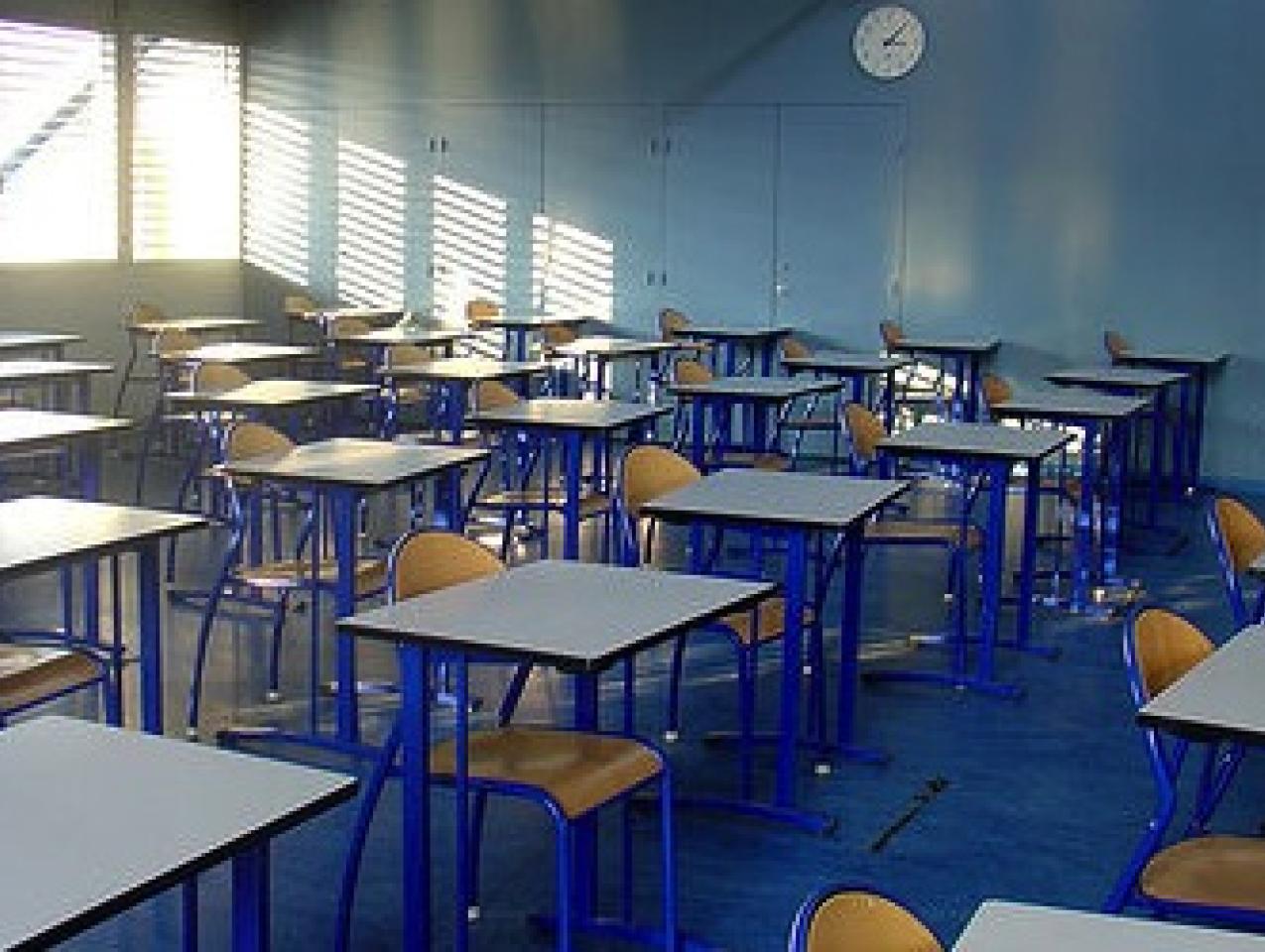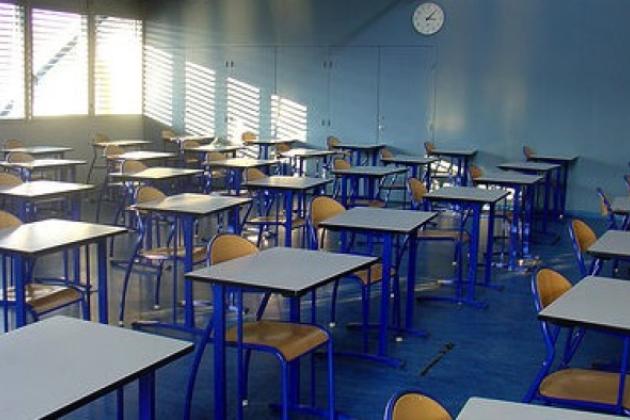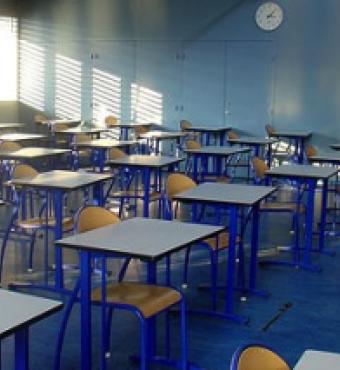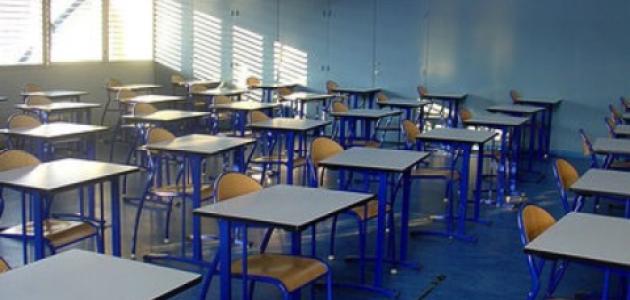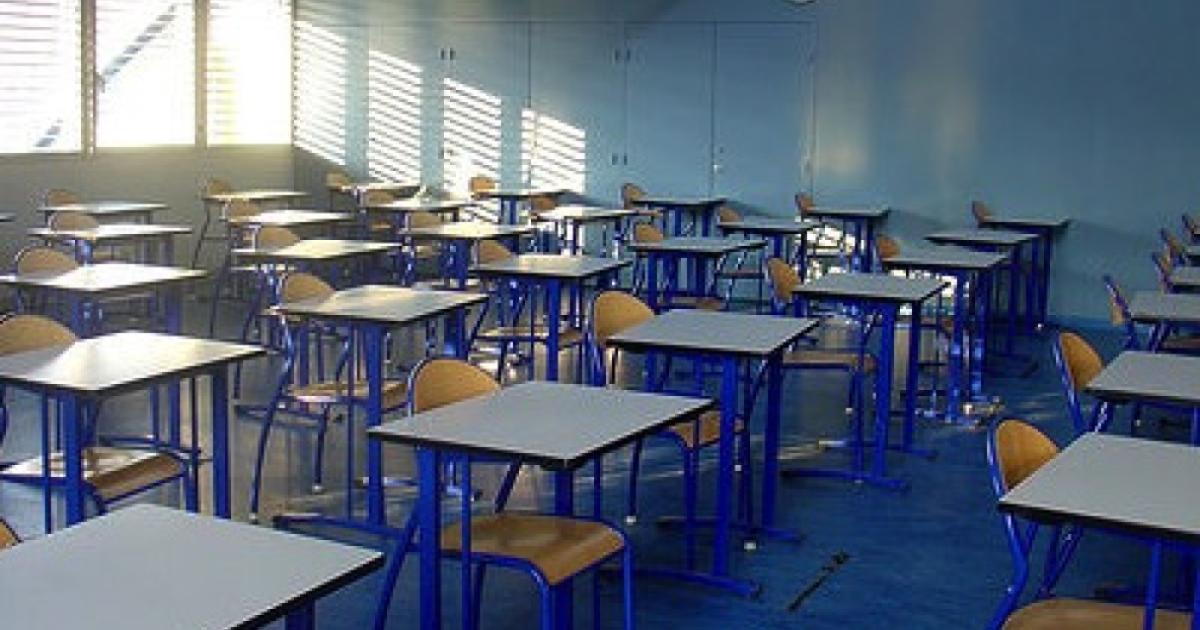- Education
If you were designing a K-12 education system from scratch, with no preconceived notions, and taking full account of the breathtaking technological innovations that have made possible a high-quality, highly personalized education for every child, what would that system look like?
Chances are that it would look little like the hidebound, bureaucratic, expensive, top-down, one-size-fits-all, command-and-control, inefficient, reform-resistant, administratively bloated, special-interest manipulated, obsolete, impersonal bricks-and-mortar system that represents the most disastrous failure of central planning west of Communist China and south of the United States Postal Service.
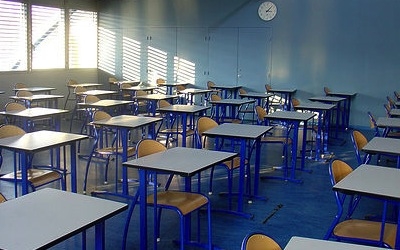
Photo credit: Thomas Favre-Bulle
And yet, that is the system to which the vast majority of American schoolchildren are consigned. Little wonder that American high schoolers rank 21st out of 30 economically advanced nations in science literacy and 25th in math. Our nation cannot continue to thrive so long as our schools are pumping out mediocre graduates who cannot compete effectively in the world economy.
The proliferation of school choice—through open public school enrollment, magnet schools, charter schools, school vouchers, and scholarship tax credits—has expanded educational opportunities and competition within American K-12 education. Charter schools, in particular, often provide world-class educational programs to a growing number of children, and they sometimes offer individualized, technology-based programs.
But most existing school choice programs provide variations of the same nineteenth-century model that continues to dominate K-12 education: classroom-based instruction in a bricks-and-mortar setting. The school choice programs operate within a system in which the vast majority of funding is directed toward school districts, based on student counts. Charter and voucher programs make that funding transportable to particular types of alternative schools, but do not give families full control of funding to maximize opportunities for their children.
In Arizona, a new program provides for greater parental choice and more educational options than ever before: education savings accounts (ESAs). These accounts mark an important public policy breakthrough with enormous potential to create a truly twenty-first century system of K-12 education.
The Rise of ESAs
The Goldwater Institute first developed the idea of education savings accounts in 2005. The idea is simple. For any eligible K-12 student who agrees to leave the public schools, the state will transfer roughly 90 percent of the per-pupil amount (leaving the local school district contribution behind) into an education savings account owned by the student’s family. The savings account can be used for any approved education expense, from private school tuition to distance learning, curriculum, software, tutoring, community college tuition, contributions to a 529 college savings plan, or discrete services offered by public schools. Any money remaining after high school graduation can be used for college.
For students using the savings accounts, the role of the state is fundamentally transformed from a provider of education into a funder or enabler of education. Education, in turn, is transformed from a package of services into a menu of choices. A student, for instance, can combine distance learning with a public school chemistry lab, a community college history course, and a personal math tutor. The possibilities are as diverse as the needs, skills, and interests of the students who will take advantage of them. At the same time, education savings accounts take the bureaucracy and pervasive special-interest influence out of education, lowering its cost and allowing market forces and technology to deliver highly personalized services to students.
Education savings accounts remained on the drawing board for several years, as Arizona steadily expanded its other school choice options. In 2006, the state legislature enacted the state’s first school voucher program, allowing disabled and foster children to use state funds for private school tuition. As happens almost every time a significant expansion of private educational options is adopted, a lawsuit was filed challenging the voucher program on behalf of groups who benefit from the educational status quo.
School choice opponents lost one of their primary legal weapons a decade ago when the U.S. Supreme Court, in Zelman v. Simmons-Harris, upheld the Cleveland school voucher program against a lawsuit contending that it violated the First Amendment’s prohibition of establishment of religion. Since then, opponents have focused on state constitutional provisions to try to thwart school choice.
Their principal tool is the so-called Blaine amendments, which can be found in one form or another in two-thirds of state constitutions. The Blaine amendments, which were adopted in the late nineteenth and early twentieth centuries to thwart public support for Catholic schools, forbid the use of public funds for the benefit of “sectarian” schools.
Some state courts have ruled that vouchers are permissible under such provisions, because vouchers benefit students rather than schools. The Arizona Supreme Court, however, in its 2009 decision in Cain v. Horne, ruled that the voucher program violated the state constitution because the only purpose to which vouchers could be applied was private school tuition. The Court left open the possibility that a program that provided broader choices might pass constitutional muster.
Enter education savings accounts.
An Urgent Need For Real School Choice
When students with disabilities were displaced from their school choice program following the Cain decision, the Arizona legislature responded quickly by enacting an education savings account program for them. The program promptly was challenged in court by the state teachers’ union and the Arizona School Boards Association, contending that the new program violates the Blaine Amendment. The Goldwater Institute joined the state in defending the program. In the opening round, Superior Court Judge Maria Del Mar Verdin upheld the program, holding that the wide range of services for which the accounts can be used means that the program does not constitute aid to private schools. The case is currently pending in the Arizona Court of Appeals.
Meanwhile, Governor Jan Brewer this year signed into law a major expansion of education savings accounts. The expansion builds upon a tough new accountability system that gives letter grades to every public school based on annual student progress. As of the 2012-13 school year, approximately 100,000 students in public schools that received “D” or “F” grades now are eligible for education savings accounts.
Arizona’s program is drawing attention from education reformers nationwide, especially in other states, such as Florida, which have Blaine amendments in their constitutions. The need is urgent, especially for children who are poorly served by the current system. Roughly half of all black and Hispanic students drop out of school before graduation. Failure to graduate dramatically decreases employment opportunities and increases prospects for crime and welfare dependency. Education savings accounts provide learning alternatives that can keep at-risk students motivated and off the streets.
Education savings accounts are a catalyst for systemic change. Indeed, if the school choice movement has erred over the past decade, it is not because it has been too bold and radical but because it has not nearly been bold and radical enough. If we are to compete effectively in the dynamic global economy, we need, more than anything else, modern, high-quality education, freed from the shackles of the status quo. Education savings accounts are the way to get there.








